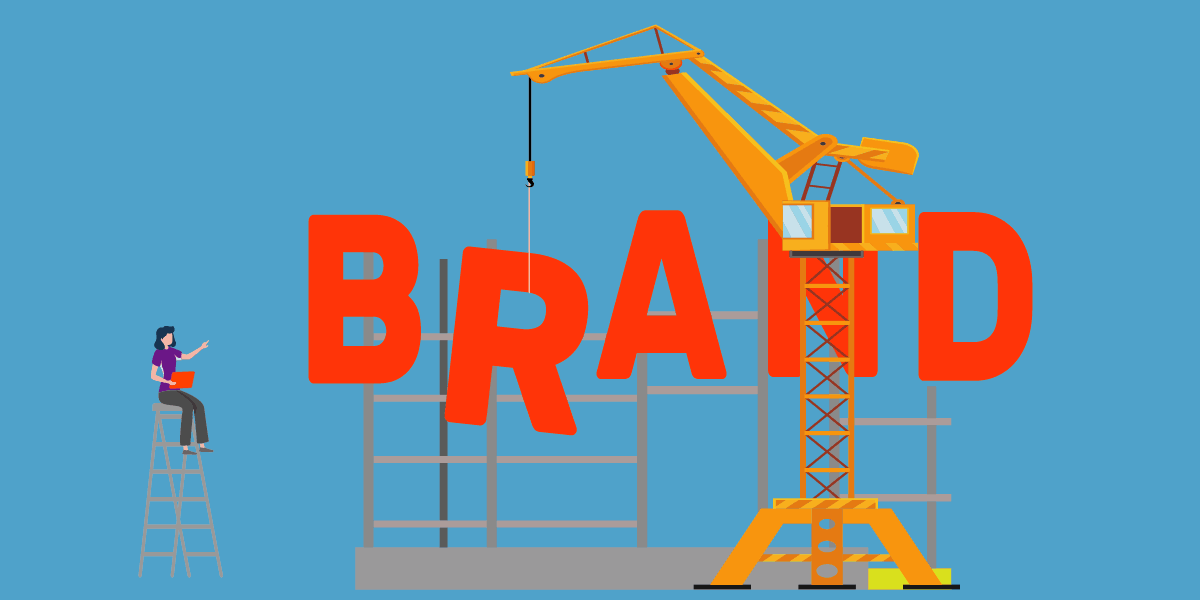
Amazon Private Label Brand-Building Strategies That’ll Help You Get an Edge Over Other Amazon Sellers
Do you feel that selling an Amazon private label has become harder?
You’re probably right.
With Amazon now a household name for ecommerce worldwide, it’s only natural to find plenty of sellers for virtually any product you can think of. Currently, there are over 1 million active sellers in the Amazon marketplace in the United States (Statista, 2019). The other major marketplaces such as the United Kingdom, Germany, Italy, and France each have approximately 200,000 sellers. And these numbers are growing every year.
While not all of these Amazon sellers are into private label sales, your products are still essentially competing with all of the similar products listed out there, including Amazon’s own private label brands. By building a strong brand for your Amazon private label products, you can effectively differentiate yourself from other sellers, increase the number of repeat purchases, and reduce customer churn.
In this post, we’ll discuss ways of building your brand as an Amazon private label so you can establish a competitive advantage over other sellers.
What’s in a brand?
Most Amazon sellers equate branding with having a logo on the product and on the packaging that it gets sent out with. Yes, the logo, along with your product and packaging, play an important role in building your brand. But they’re not the only things that matter. You need to go beyond just the tangible aspects of your brand – the things that you can see, hear, touch – and consider the intangible parts if you want your brand to stand out in the sea of Amazon private label products.
“Your brand is what other people say about you when you’re not in the room.” – Jeff Bezos, Amazon CEO & Founder
The intangible aspects of your brand consist of the emotions and experiences that customers attach to your business. Think of these aspects as your business’s personality. They are the values, ideas, feelings, and experiences that you want your customers to associate with your logo and actual products so that they will remember and purchase again from you. Of course, you want customers to feel positively towards your brand. The last thing you want is to be perceived as either generic or mediocre, which defeats the very purpose of your branding efforts.
Strategies for Building Your Amazon Private Label Brand
Now that you understand what branding entails, let’s dive into the steps you can take to make an outstanding Amazon private label brand:
1. Have a vision or a sense of purpose for your brand
Before anything else, you must first have a vision for your business. Your vision will influence your brand promise or the value that you want to bring to your customers.
A vision dictates your end goal, your mission, what you want your business to be. For instance, if you sell budget running shoes, your vision could be in the lines of: “We want our shoes to be an affordable but stylish and comfy choice for every average and beginner runner.” This vision will help guide your business strategy and help you define the right marketing mix for your Amazon private label:
- At what price point will you sell your products?
- How will you promote the products?
- Will you sell in a single Amazon marketplace or make it available on others?
Your vision can change with time, but treating it as the backbone will help build a solid foundation. It will let you create and define your brand promise and what you want customers to experience from your products. It will shape the way your business grows over time.
2. Identify your ideal customer and focus on them
To build your brand as an Amazon private label, you should be trying to cast as wide a net as possible, right?
Wrong.
One of the biggest mistakes you can make in branding is trying to please everyone. Look at the biggest and most successful brands out there and you’ll find that they all have something in common: a well-defined customer base. For instance, Apple does not attempt to attract every computer buyer out there. Instead, the company has focused on a narrow segment of sophisticated users who are technophiles and first adopters. All of Apple’s marketing – from